Walking the Nakasendo
The Nakasendo is one of the five roads that connecte Kyoto with the former Edo (today Tokyo) since the 16th.century.
The Nakasendo was leading through Central Japan, whereas the “Tokaido” was build along the coastal line. Along the Nakasendos 534km distance there were 69 stations for travelers to stop. Today, rests of the Nakasendo can be identified at many locations. A 10km stretch is well preserved at the crossing from Nakano Prefecture to Gifu Prefecture between the villages of Nagiso and Kisoji. The most impressive stations up to today are Magome and Tsumago. The famous master in ukiyo-e (woodblock print), Hiroshige, desribed the 69 stations in woodblock prints. The one for Magome looks as follows.
Of course it is hard to detect the same scenery today, but the mountains might resemble this view from the center of Magome.
Magome today is a touristic spot on the Nakasendo with its charming, steep central alley. The pictures were taken in early morning and evening before and after the tourists where strolling through the street and souvenir shops.
The street takes purposely a 90 degree turn in order to slow down the busy “traffic” in ancient days.
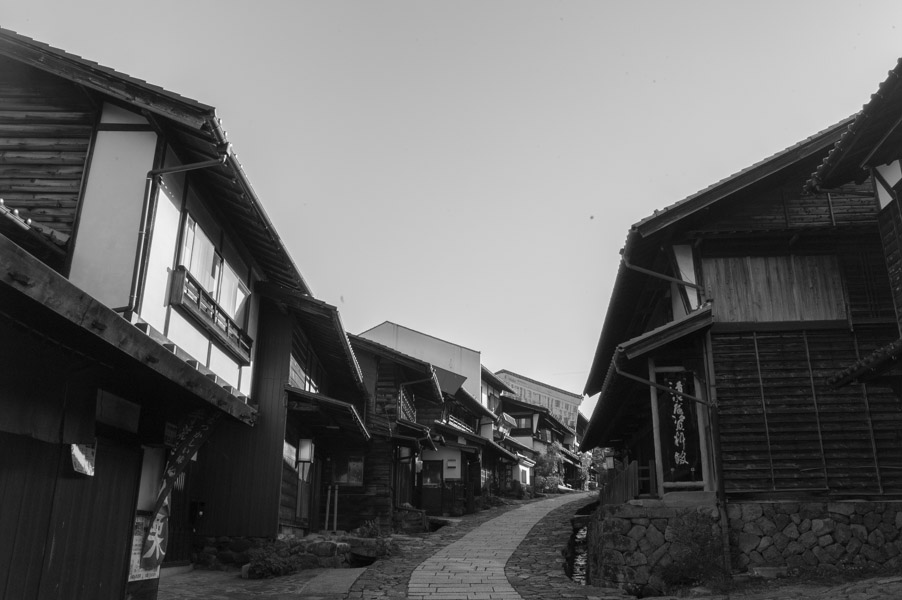

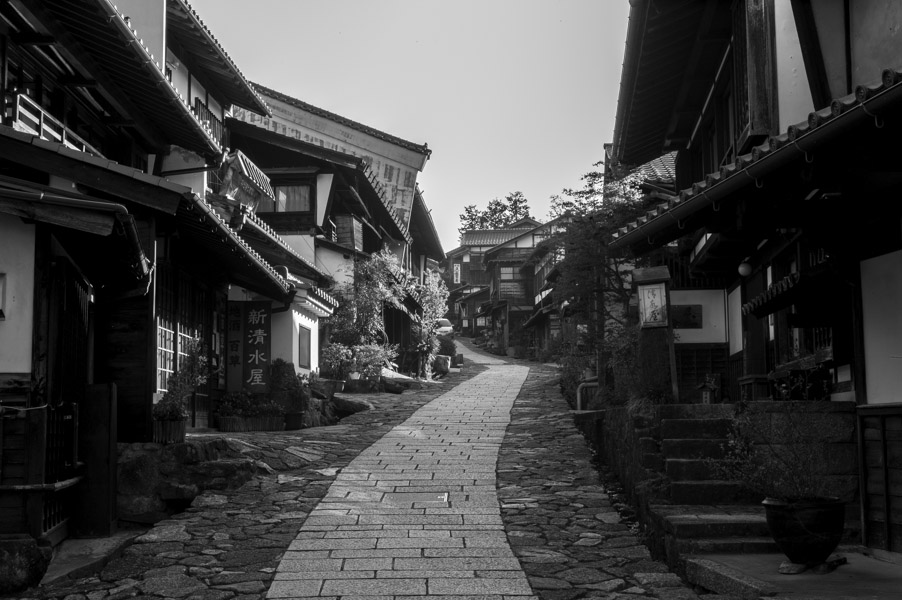
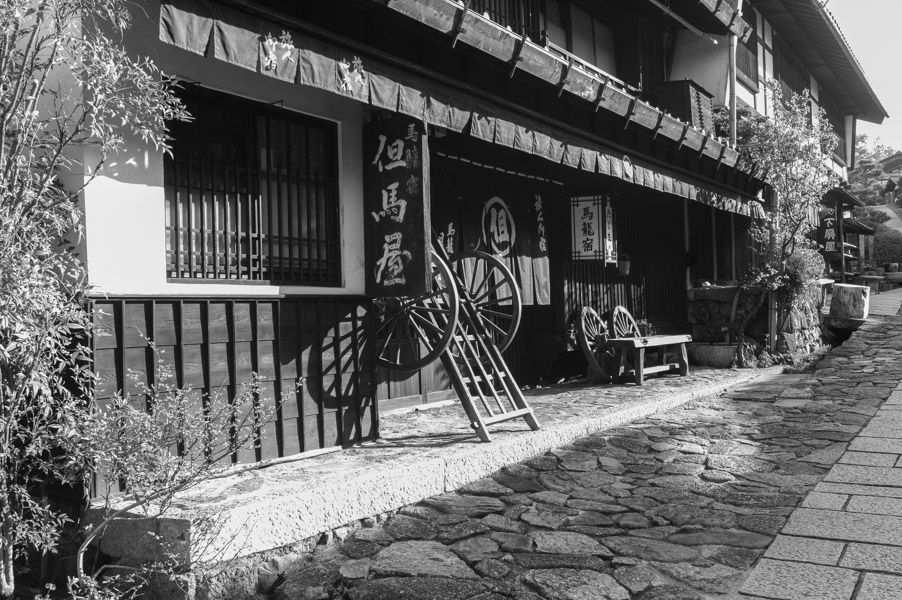
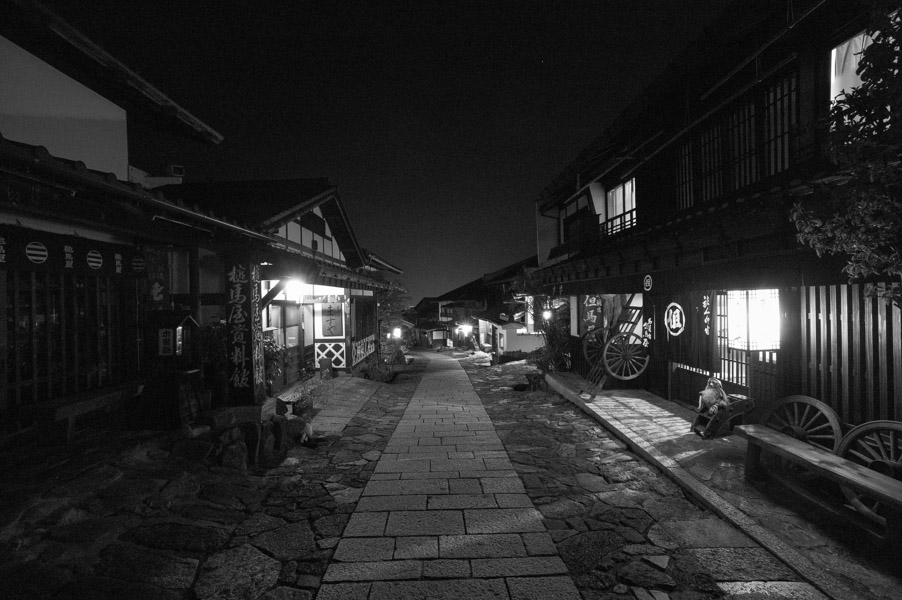
On one side of the street there a canal where water streams downwards. These buckets are for use in case of fire.
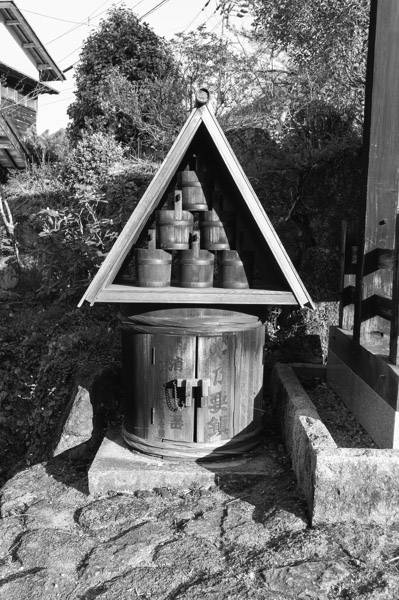
The second stop was the little village of Tsumago, located next to a river. Hiroshige crafted is print obviouly with a different impression and from a different position.
I visited this place at the end of April, with spring arriving and cherry blossoms still in higher altitudes. A lot of houses had little flower arrangements at the front door, each in a different type of arrangement and type of flower.
The most prominent spot in Tsumago is Terashita (on the foot of the temple). These houses are among the oldest in town (1751-64). Preserving these buildings was in 1968 one of the first conservation measures in Japan.
Looking from the temple across the street on to the house of Kami-sagaya observe that the roof is not covered with tiles but with stones, putting weight on wooden planks.This was the common roof cover for poor house owners.
House owner with money would construct a concrete wall on both sides of the house to prevent fire from spreading over. Of course this does not look to harmonious from the architectural point of view..
At the entrance of Tsumago, as well as in Magome there are ancient bulletin boards. The latest announcements would be written on pieces of wood to inform the travellers..
The last stop was indeed a stroll on the Nakasendo from Ochiai-Station. Hiroshiges location was easy to find this time.
(I had the idea of looking for Hiroshige and his prints after returning to Tokyo.So I was just lucky to have made this photo).
From here on to the south the Nakasendo turns again into a normal street, as can be seen in this picture. Along the way one can still find a lot of traditional houses.
But turning to the north one steps again on the part of the Nakasendo that is still intact. Over a stretch of 800 m the old pavement has been restored.
And on this part of the trail waterfalls can be found as well as old temples and little resting spots. I guess it would be a hike worthwhile, if you bring time and interest to walk on the roads of the old Nakasendo.
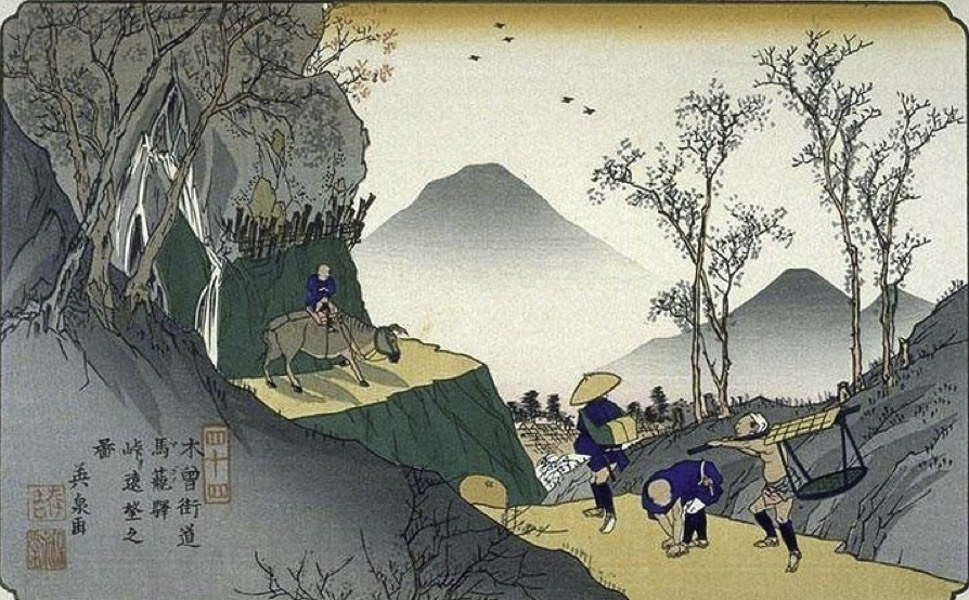
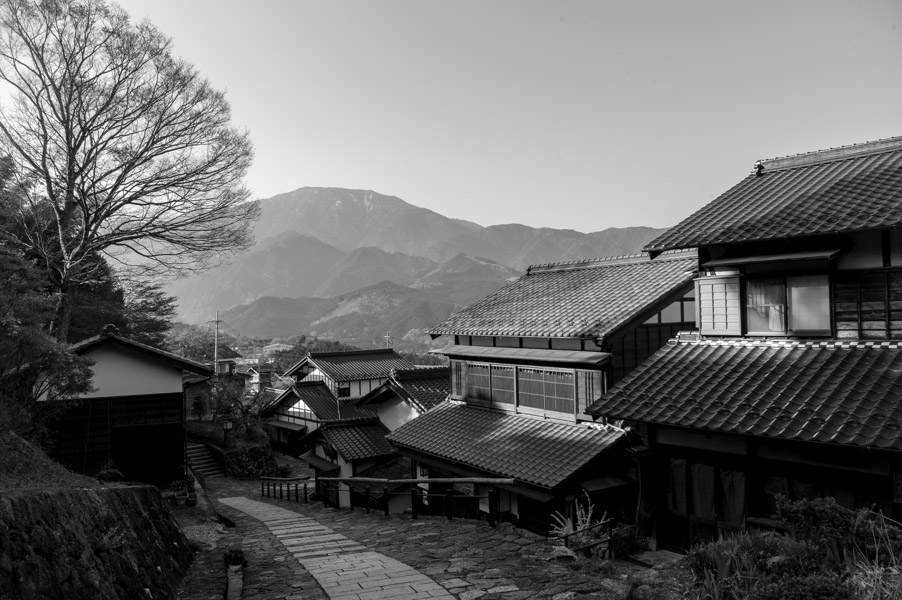
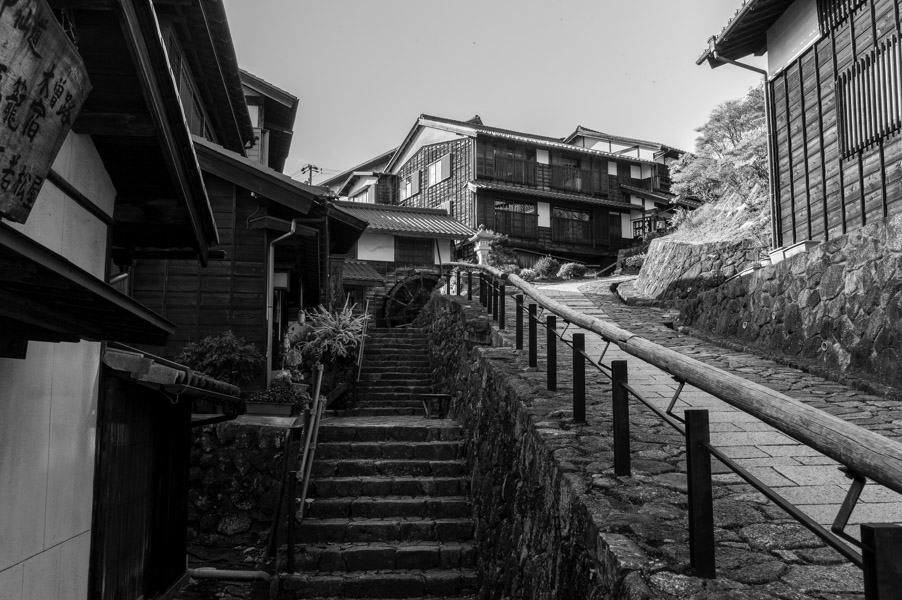
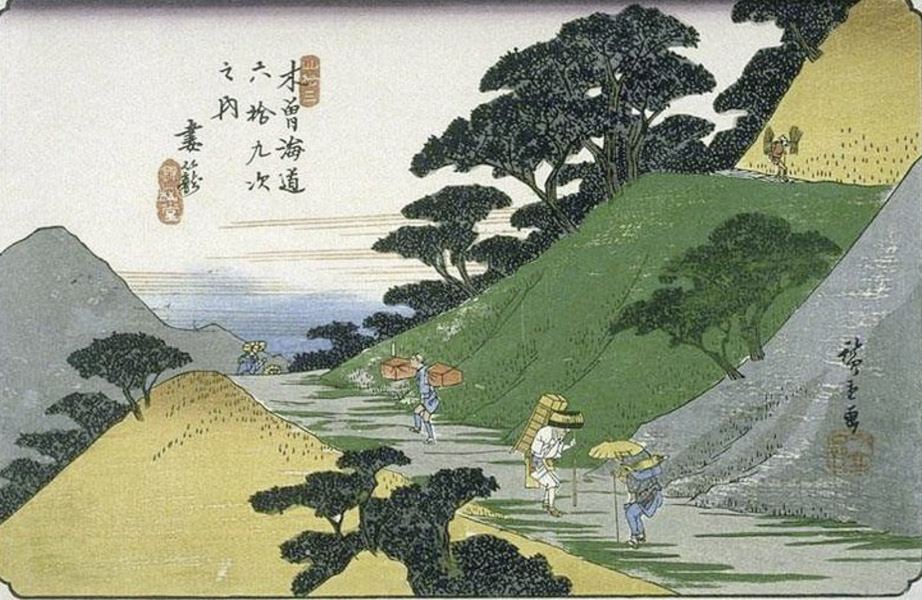
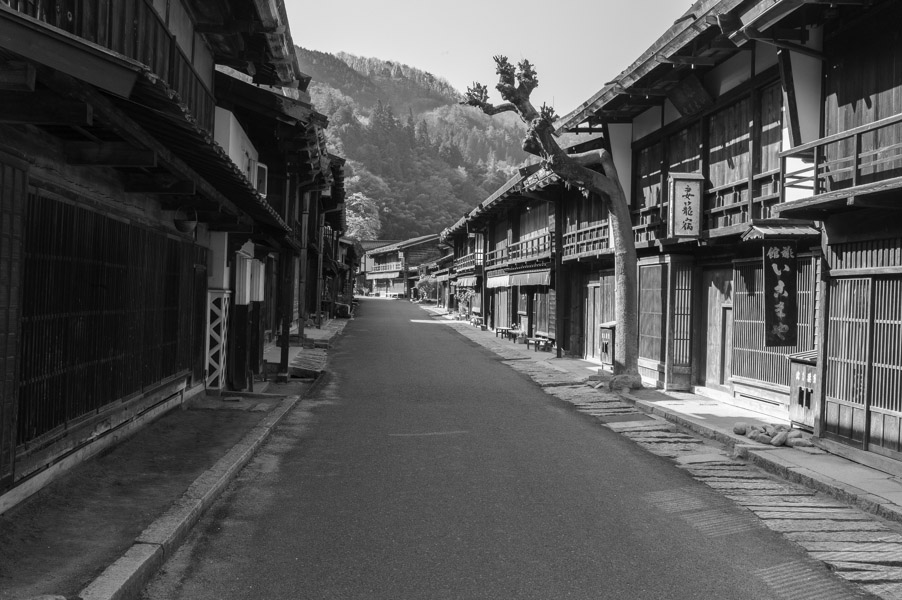
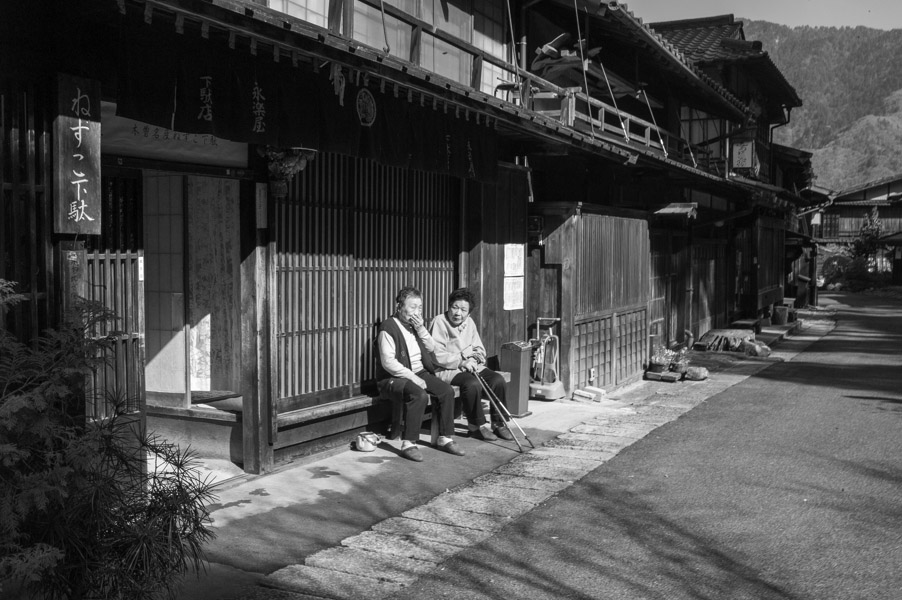
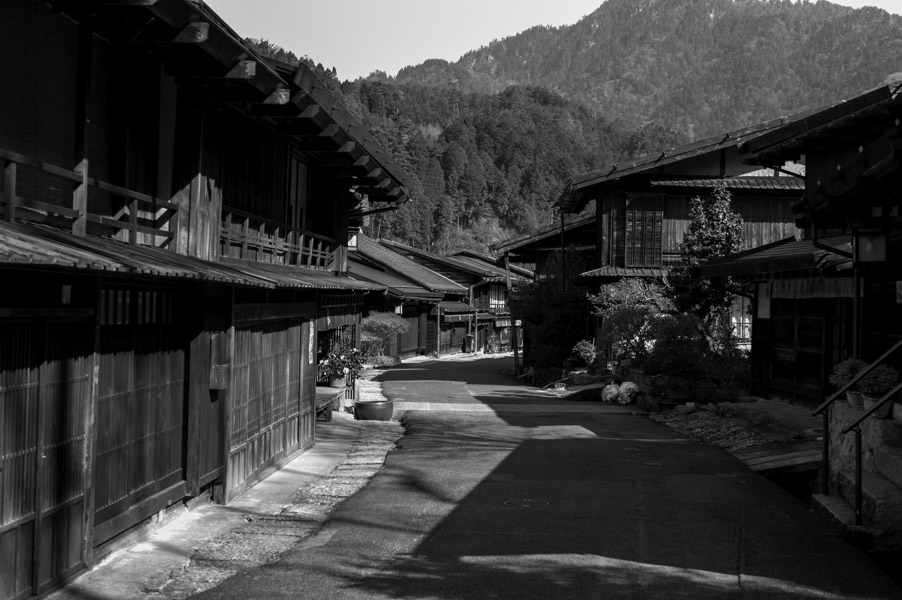
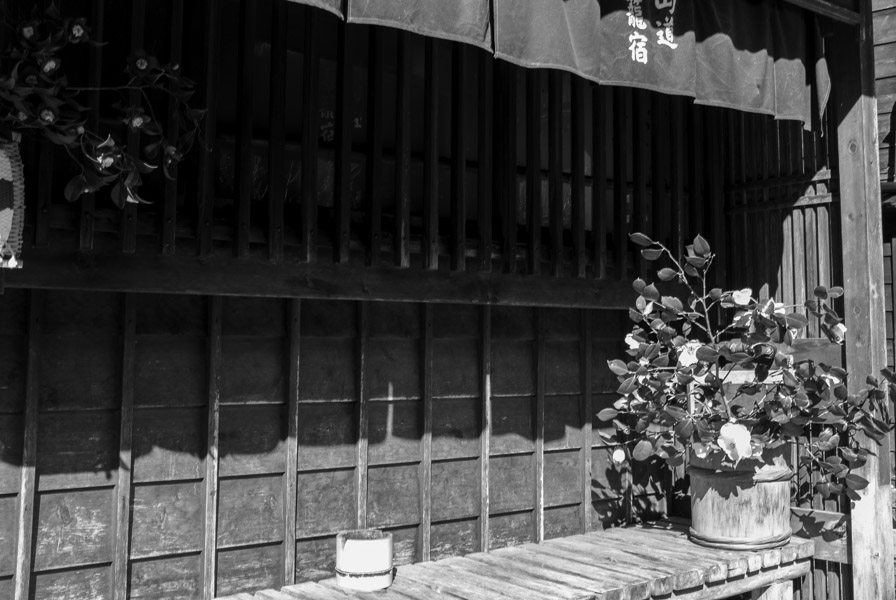
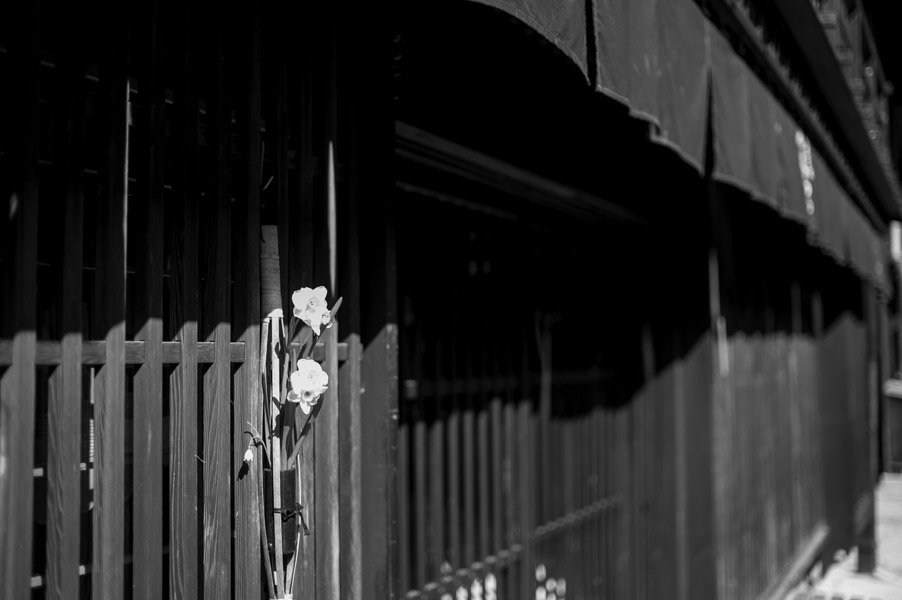
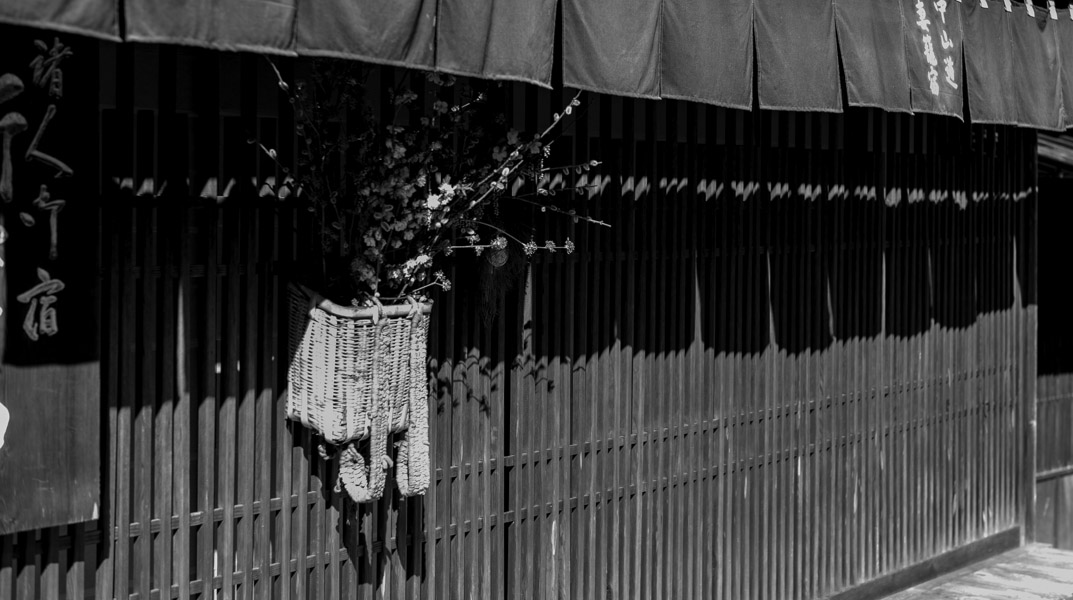
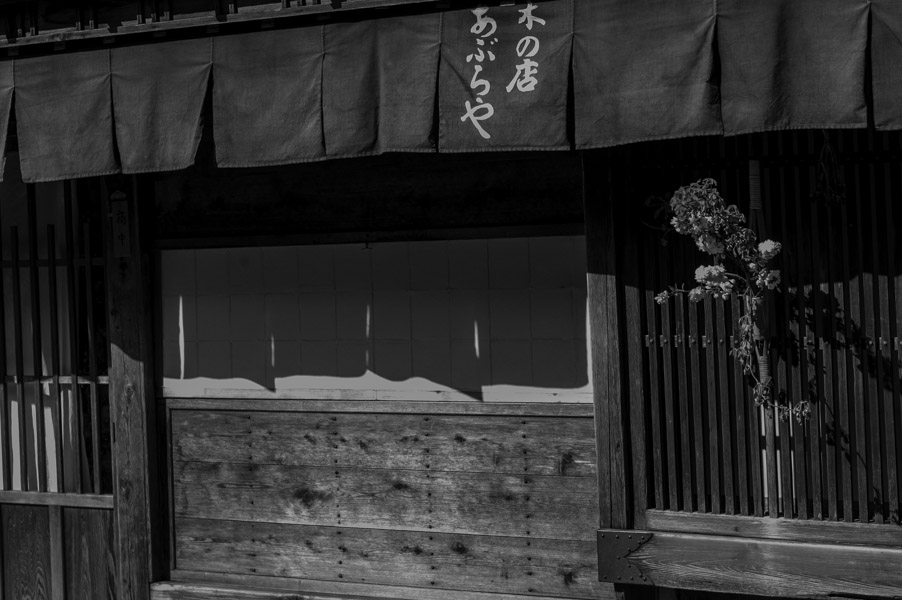
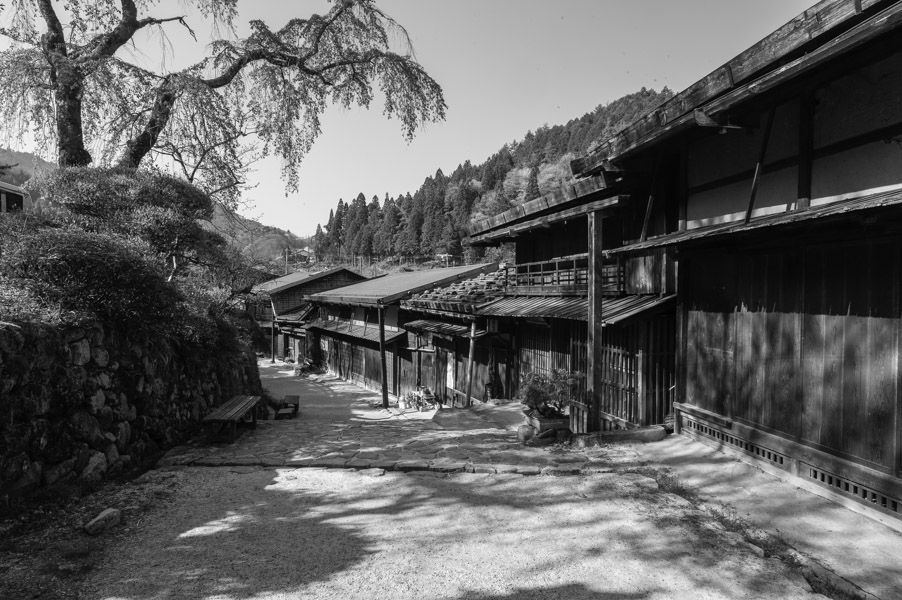
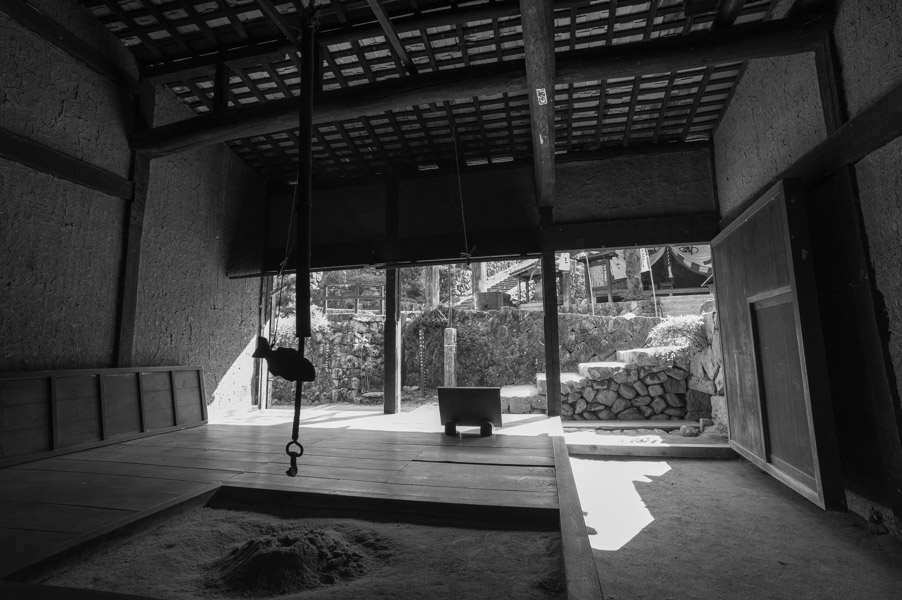
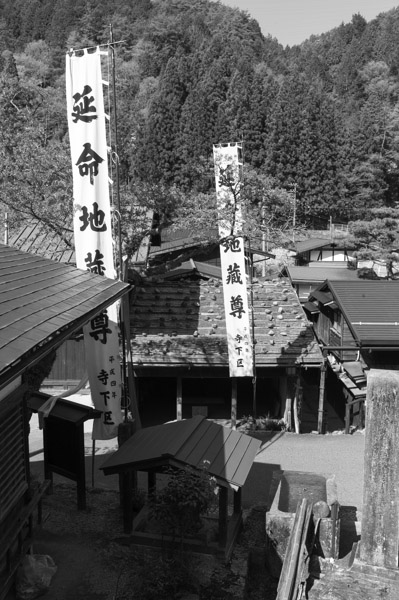
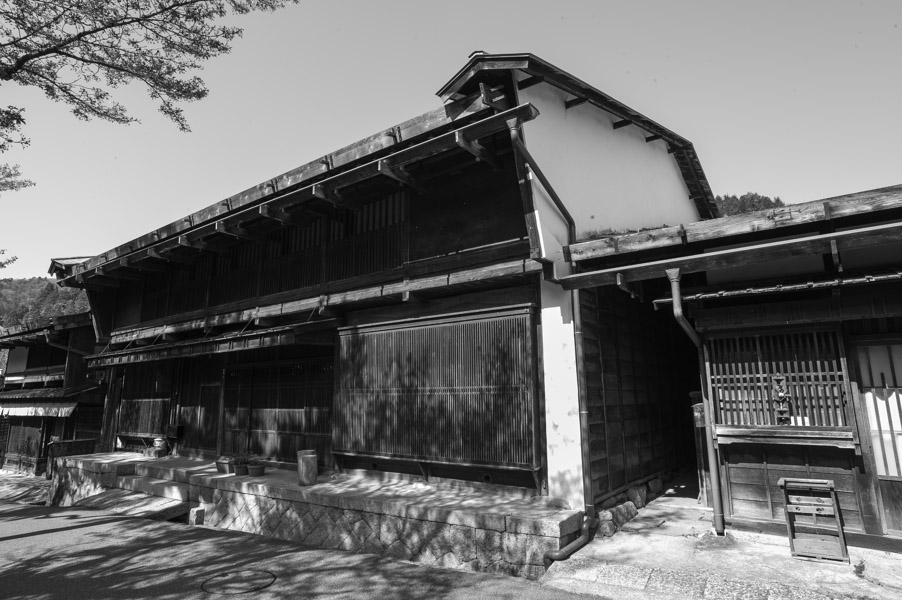
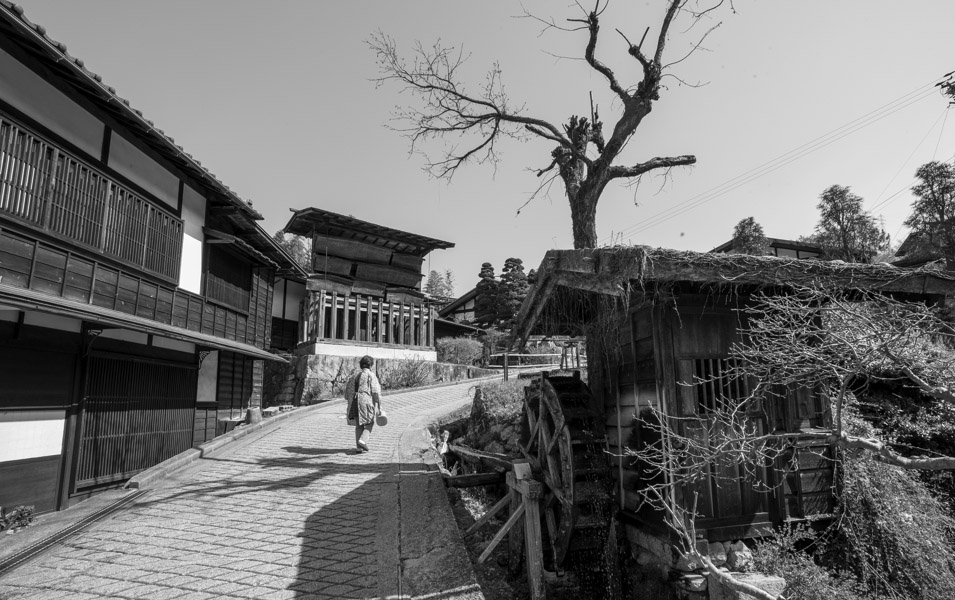
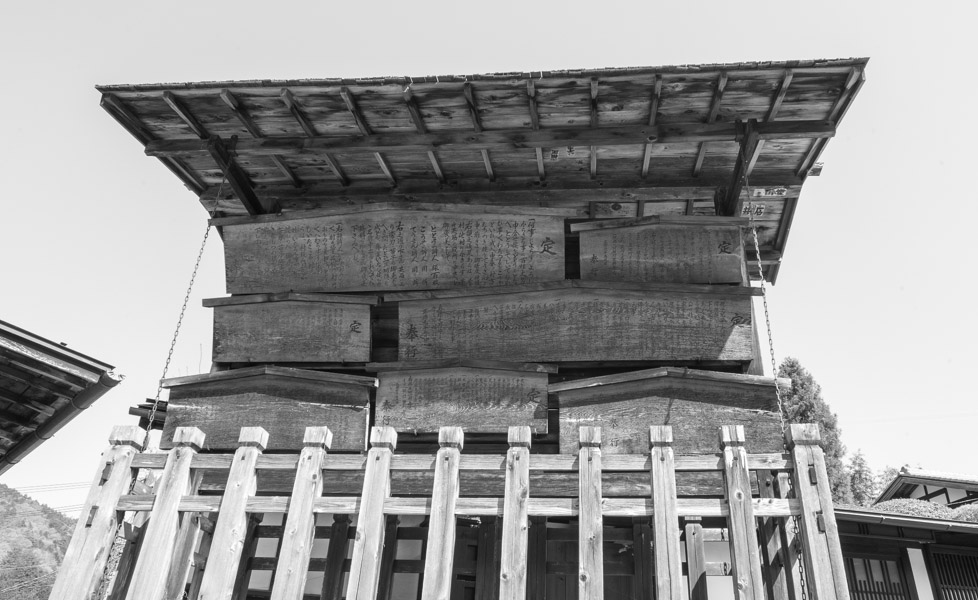
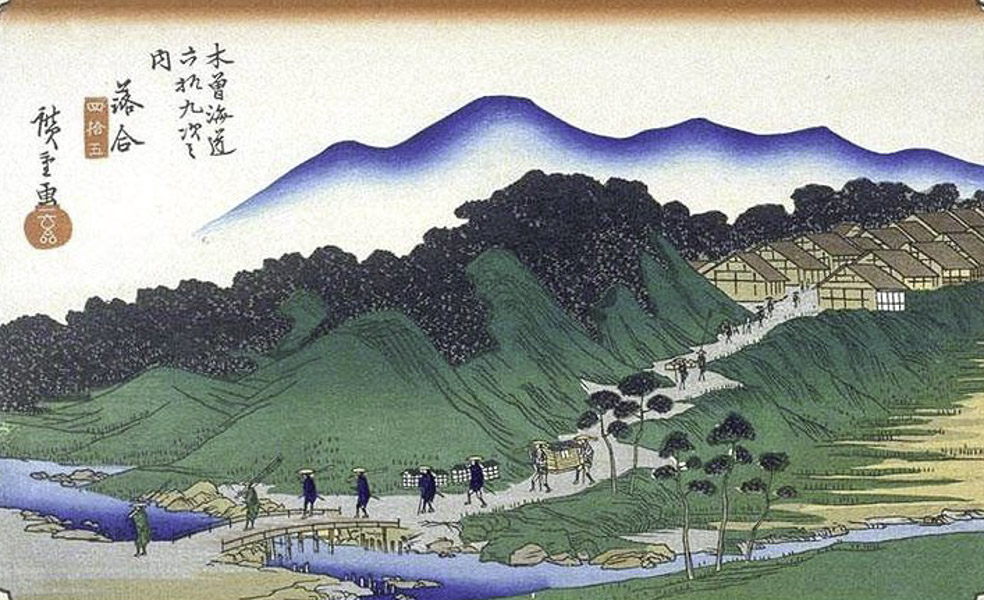
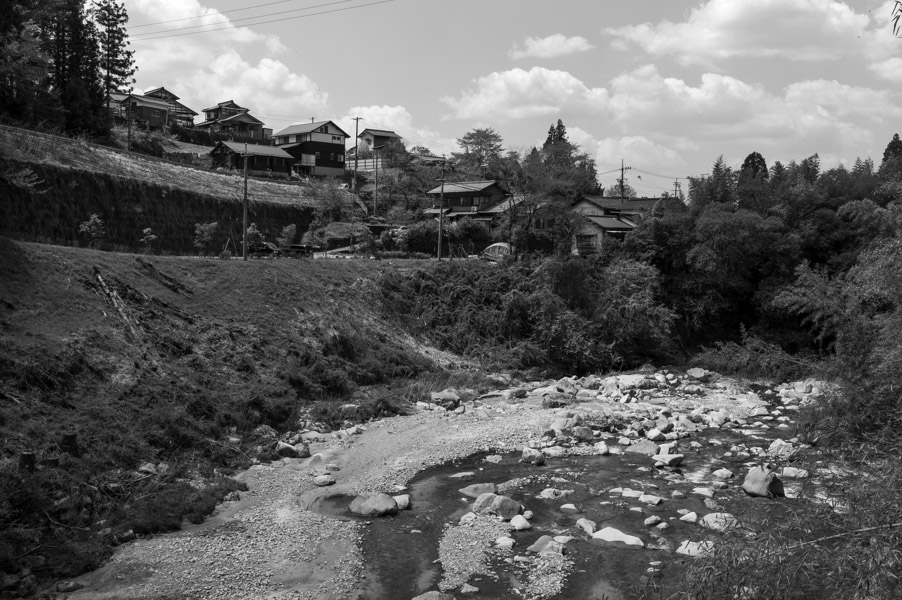
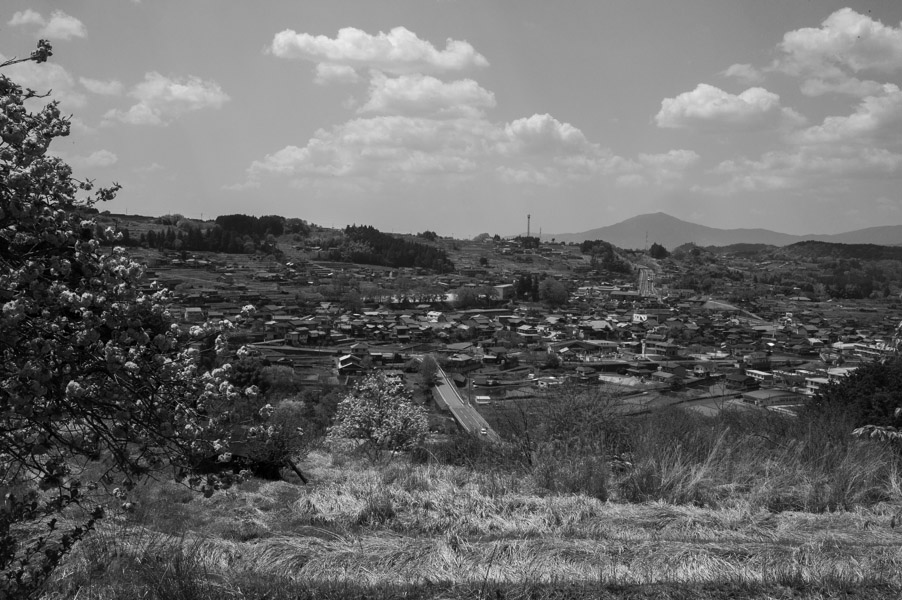

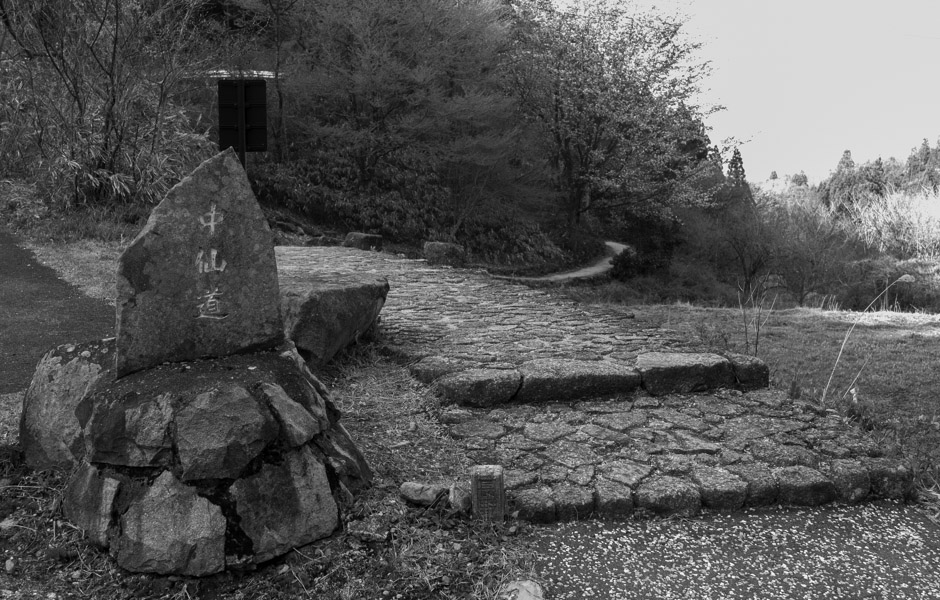
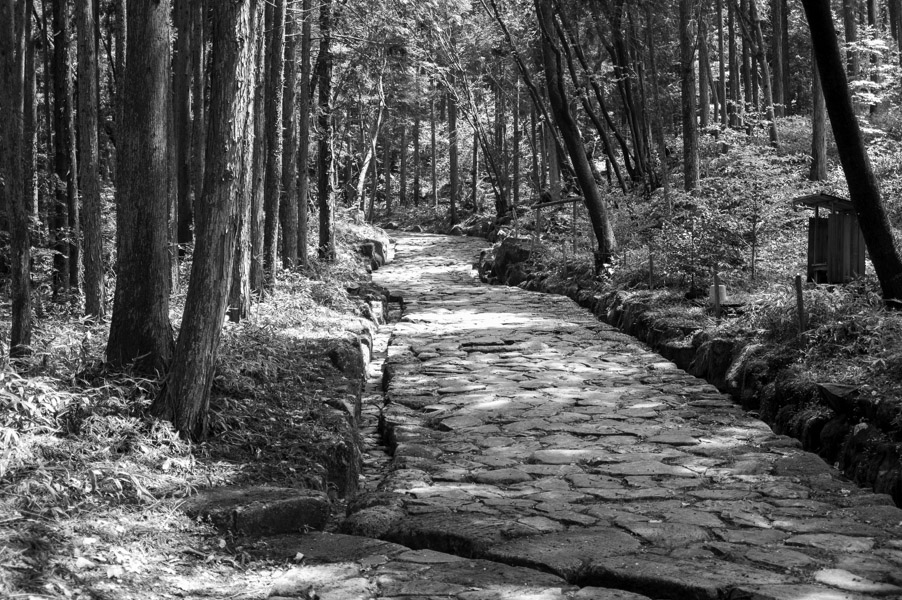
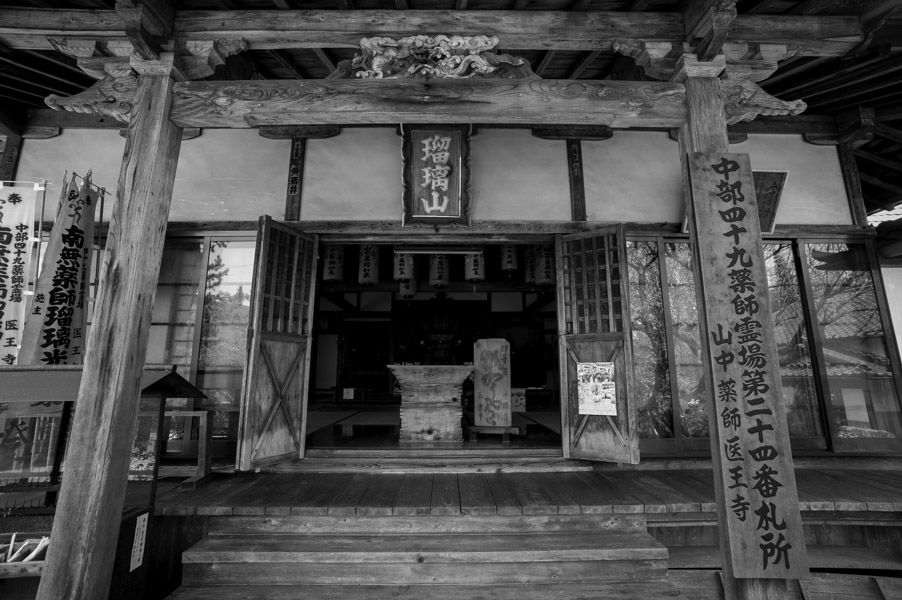
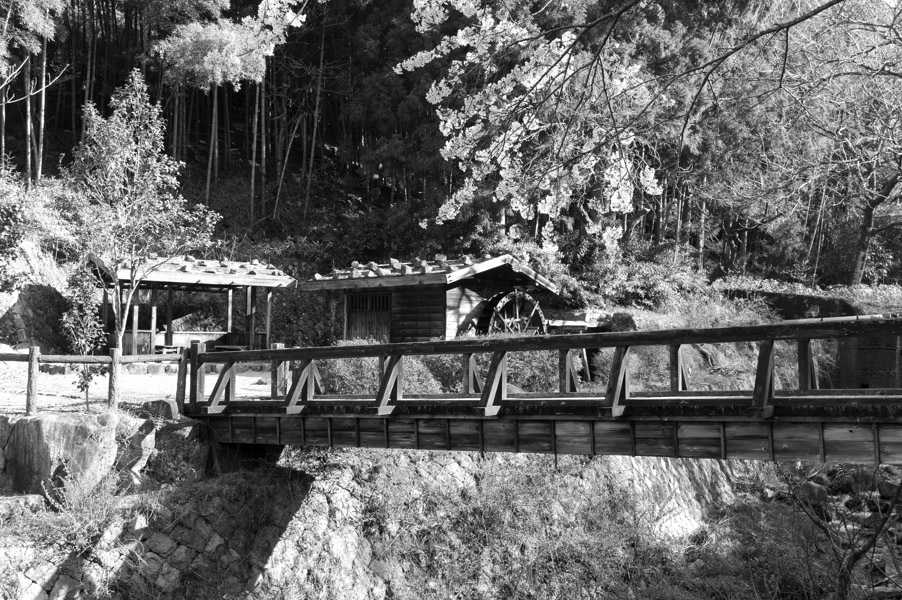
Leave a Reply